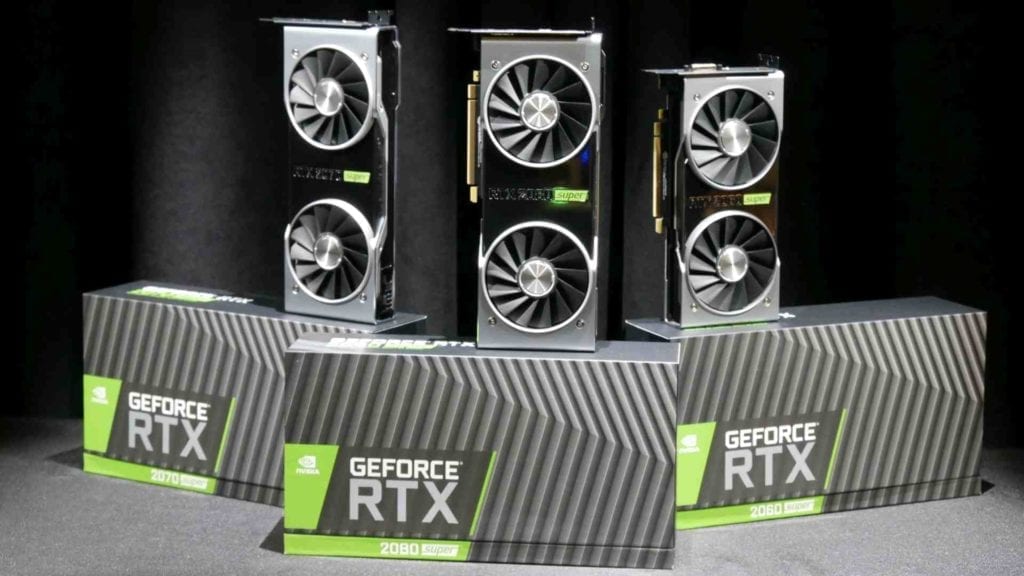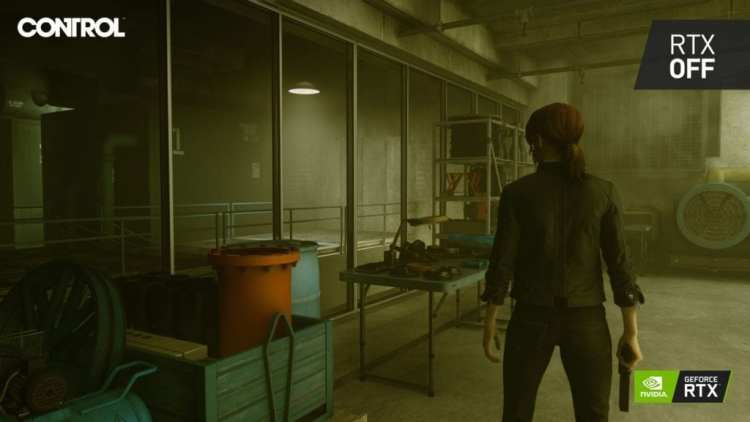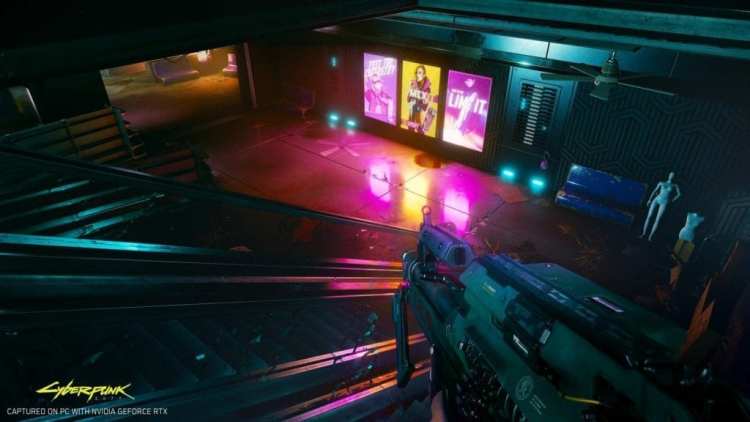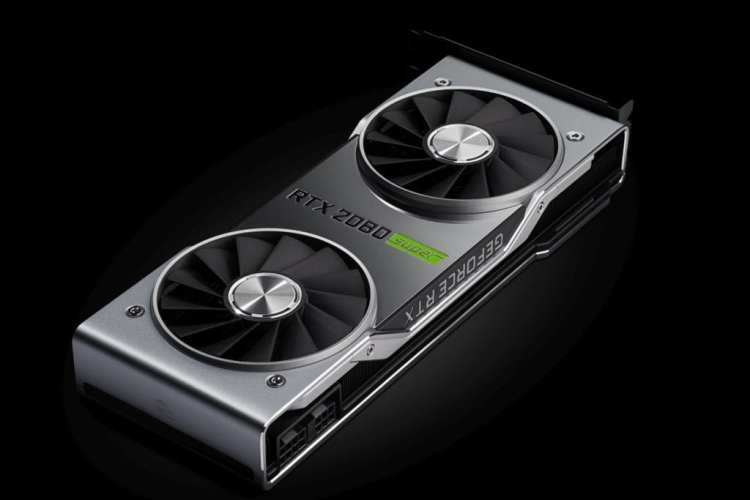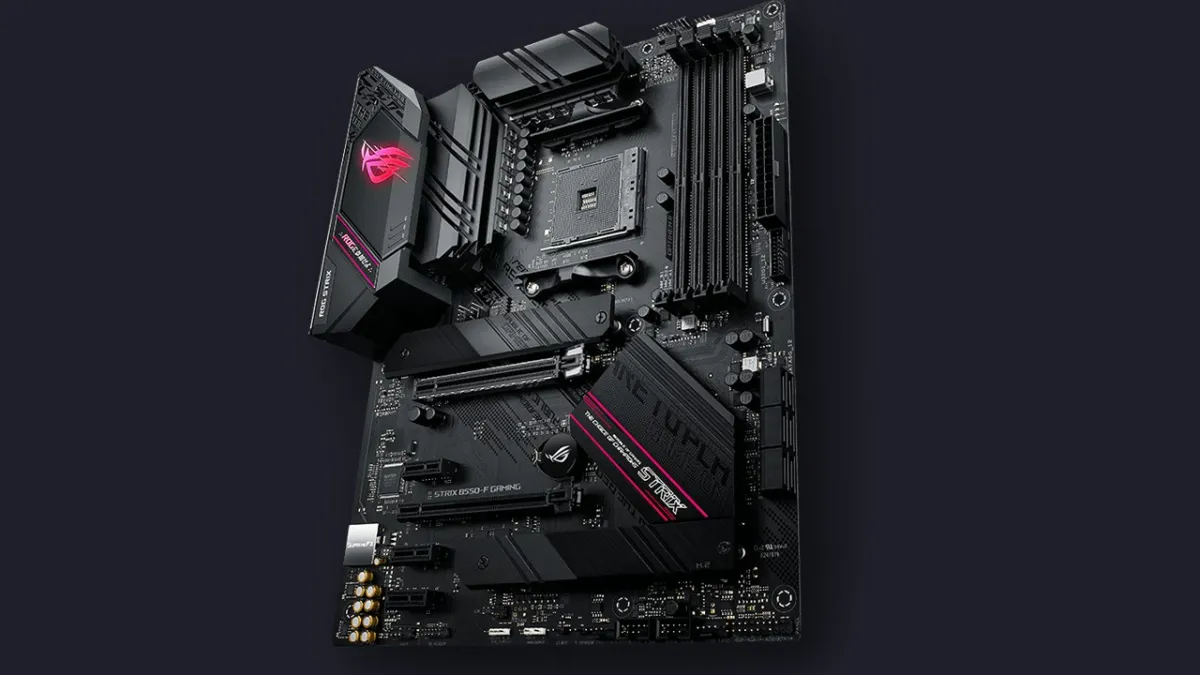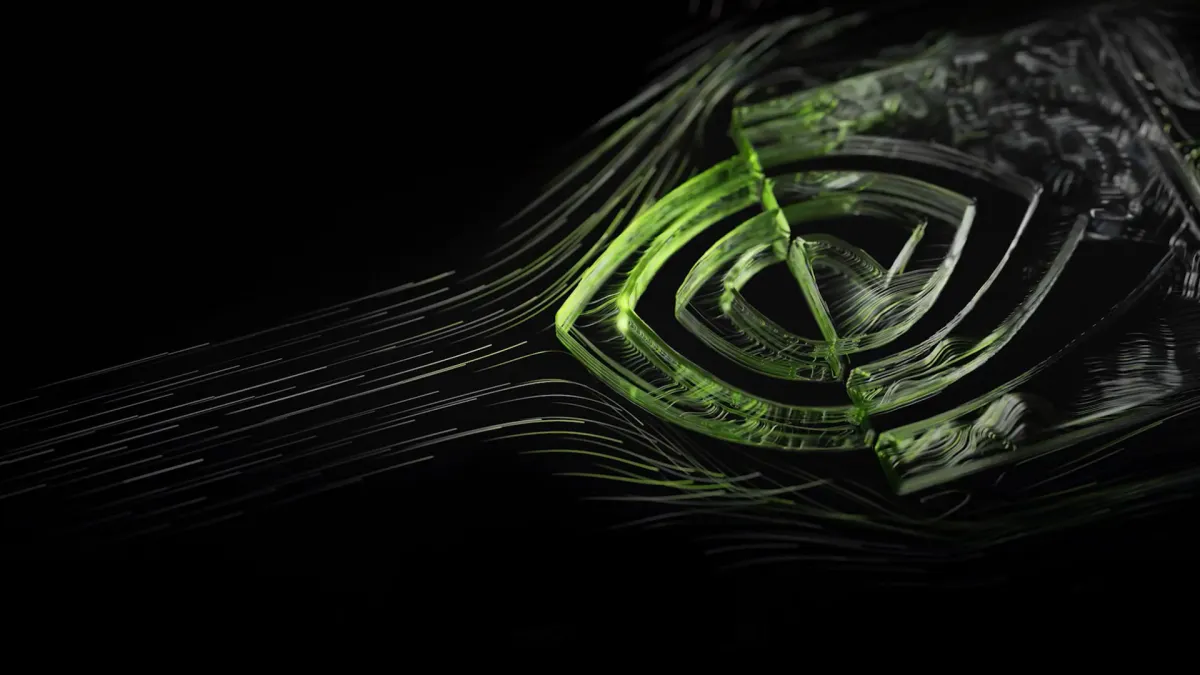It’s almost hard to believe that it’s been 11 months since Nvidia launched its RTX line of graphics cards, using Turing GPUs capable of real-time raytracing effects. But the company hasn’t been resting on its laurels. In fact, its engineers have continued to refine the Turing GPU, adding more cores and tuning clock speeds. The result is an all-new line of RTX Super video cards releasing this month.
Added RTX game support
Although some might think it’s a little early for a card refresh, especially since relatively few games support raytracing right now – with only one or two features at that – Nvidia has historically released improved video cards about a year or so after launching a new GPU. So, it’s sticking with that schedule.
But Nvidia’s director of product management, Justin Walker, explained that there are an increasing number of games that support RTX. These include Cyberpunk 2077, Wolfenstein: Youngblood, Watch Dogs Legion, and Vampire: The Masquerade – Bloodlines 2, just to name a few.
Remedy’s upcoming game Control also stands out as the first game to support four separate raytracing features: shadows, indirect diffused lighting, opaque reflections, and transparent reflections. No other games have begun using transparent reflections yet, which realistically renders reflections on see-through materials glass.
“There is significant momentum around raytracing now with some of the biggest games and franchises,” Walker told reporters.
There’s also an opportunity for older games to include RTX support, exemplified by Nvidia’s remastered version of Quake II, a 22-year-old game that now sports modern raytracing.
According to Walker, it shouldn’t be too difficult for other developers to follow Nvidia’s lead. He said, “If you’re already working off an engine that has it (RTX) integrated, then a lot of the legwork of doing the raytracing has already been done for you.” These include Unity, Unreal Engine, and the next version of Frostbite.
Nvidia also cited how the indie game Stay in the Light, which is being developed by one person, has incorporated RTX features into procedurally generated dungeons. In this case, RTX is so integral to the game that raytracing is almost a requirement.
Understanding DLSS
Walker also took some time to clear some misconceptions about performance and power compared to its chief rival, AMD. Specifically, he wanted to differentiate the sharpening filters that AMD showed during its E3 presentation from Nvidia’s DLSS technology.
In short, sharpening filters make textures look crisper at the possible cost of making them more shimmery by using existing pixels to define what other pixels should look like. However, it doesn’t generate new information, and the feature is already included in Nvidia’s Freestyle settings if users choose to activate them.
DLSS, on the other hand, uses an artificially intelligent neural network that has been trained on game images to understand what things should look like. It can recognize a scene and can generate elements such as edges to improve performance. DLSS isn’t designed to sharpen edges, but it can improve game performance between 10 to 50 percent, depending on the game.
Walker also points out that DLSS is only useful when the GPU is topped out and is struggling to reach 60 fps. The AI assistant helps close that gap for better performance with comparable image quality. However, DLSS will not help games that already run at high frame rates. In fact, he stated that DLSS might even slow the game down in those cases since DLSS requires resources to run.
Upgrading to Super
That brings us to the upcoming RTX Super line of GPUs.
Walker explained that Turing wasn’t just a new iteration of its predecessor, Pascal. It was a complete revamp of the GPU architecture. As such, the company had a clear vision of where it wanted to take graphics and integrated a number for forward-looking technologies such as RT Cores and AI accelerated gaming using DLSS. While working on making incremental improvements on Turing, the performance was so impressive that the company decided it was time for a new line of video cards.
The three new Super cards will replace the existing RTX 2080, 2070 and 2060 lines, except the 2080 Ti will remain as the top-performing flagship card alongside the existing RTX 2060, which will still be the least expensive RTX card on the market.
All three Super graphics cards feature more cores on the GPU, and some will have more memory with a wider bandwidth. These are revised GPUs with additional cores added, not just overclocked versions of the original ones. Nvidia claims that these new chips offer a 10 to 20 percent performance increase compared to their respective non-Super counterparts.
For instance, the RTX 2080 Super has a throughput of 11+11 Tera Operations Per Second (TOPs, FP32+INT32) compared to the 10 from its predecessor, making it faster than a Titan XP. It also features memory that’s boosted to handle up to 15Gbps. The GPU also handle 89 Tensor teraflops (TFLOPS), which helps it power the AI neural network that drives DLSS capabilities. Its retail price will be $699, which is $300 less than the 2080 Ti.
But the more stunning result comes from the RTX 2070 Super, which boasts a 25 percent performance increase compared to its predecessor when playing The Division 2, with a 16 percent increase on average. The GPU can process 9+9 TOPs and 73 Tensor TFLOPS, surpassing the performance of the GTX 1080 Ti, the fastest card from the previous generation. This card will set gamers back $499 when it releases, which is about the same price as a regular RTX 2070.
Lastly, the RTX 2060 Super can handle 7+7 TOPs and comes equipped with more memory – 8 GB from 6 GB – and a wider memory interface that has gone from 192-bit to 256-bit. The improved hardware leads to a 22 percent (15 percent average) increase in performance compared to the original RTX 2060. The new Super card will cost $399, which is only $50 more than the non-Super 2060, and boasts performance that not only outpaces the GTX 1080, but almost matches the regular RTX 2070.
Both the RTX 2070 and 2060 Super cards will release on July 9, while the RTX 2080 Super launches on the 23rd.
The message from Nvidia is clear. If you’re still holding on to that GTX 1080 card for some reason, the Super line of graphics cards, along with the all the upcoming RTX supported games, should provide plenty of incentives to upgrade.

